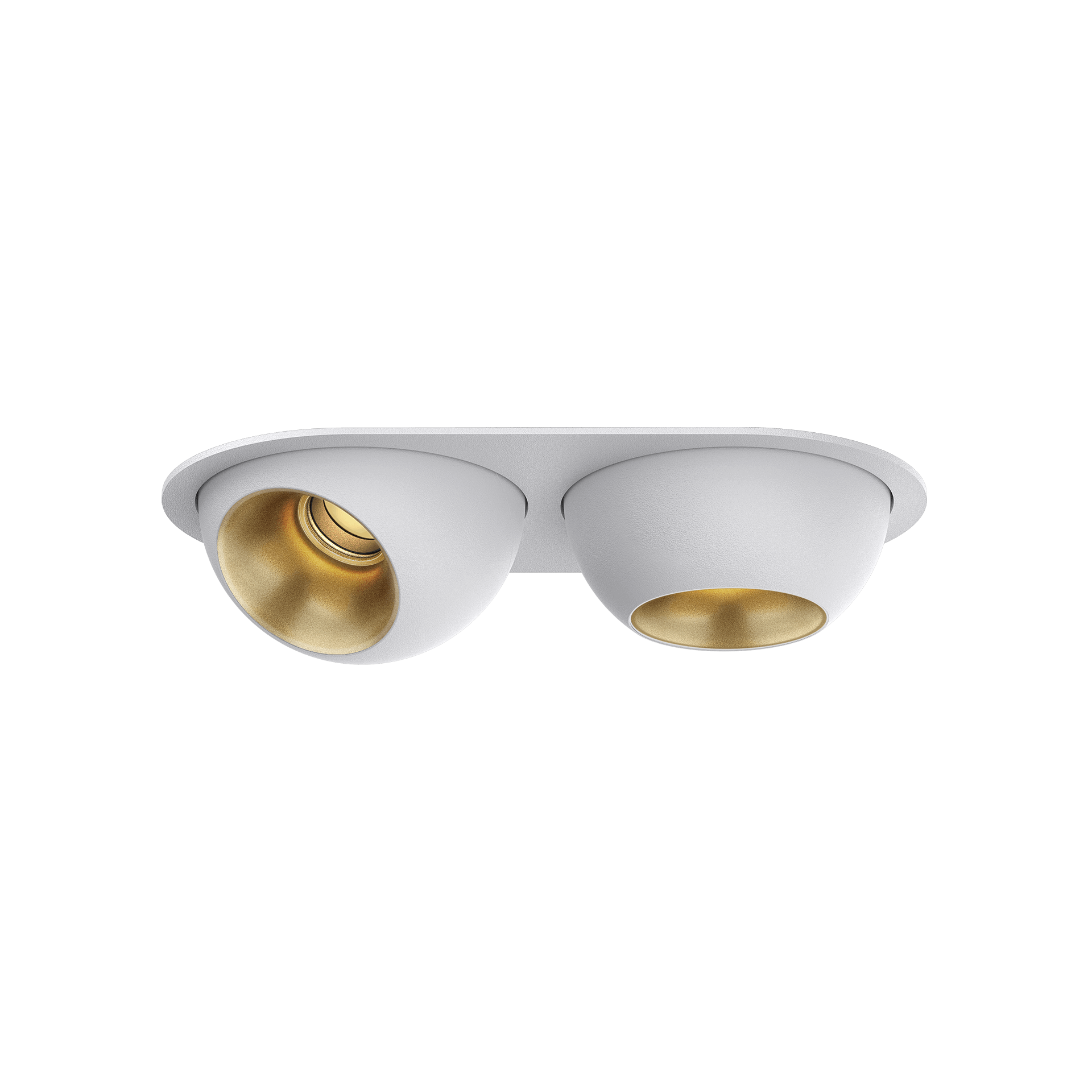Flicker testing: understanding PstLM and sVM
Dea Eros S ME-in (as other fixtures from the Karizma Luce portfolio) undergoes advanced flicker testing to ensure comfort and compliance in every application. Modern LED luminaires may appear stable, but invisible high-frequency flicker can still affect user well-being. At Karizma Luce, we evaluate flicker not only with basic metrics, but also with two key European indicators: PstLM and sVM. These values are part of our in-house testing process for every driver type used in our luminaires.
PstLM stands for short-term flicker severity. It reflects how often and how strongly flicker may be noticeable over a ten-minute period. A value of 1.0 marks the threshold of perception. European regulations such as IEC TR 61547-1 and EN 61000-3-3 require luminaires to remain below this limit to comply. We measure PstLM under real load and dimming conditions.
sVM means short-term flicker visibility measure. It captures more than just the amplitude of flicker — it considers waveform and frequency. This makes sVM especially valuable in LED lighting systems. Values below 0.4 are considered comfortable. Values above 0.9 may cause visual discomfort, especially during dimming or extended exposure. We measure sVM directly from each LED–driver pairing used in our luminaires.
Our flicker testing methods are designed to go beyond datasheet values. For products like Dea Eros S ME-in, we use calibrated high-speed cameras and waveform analysis tools to evaluate comfort and compliance. Every tested driver must meet both performance and user well-being standards.
If you’d like to learn more about flicker causes, percent flicker, and flicker index values, visit the DID YOU KNOW section of Karizma Luce Dea Eros S TU-in.
Flicker-free lighting is not just a technical feature — it’s part of our design philosophy at Karizma Luce. We aim to deliver luminaires that not only illuminate beautifully but also perform quietly, safely, and with complete transparency.



















